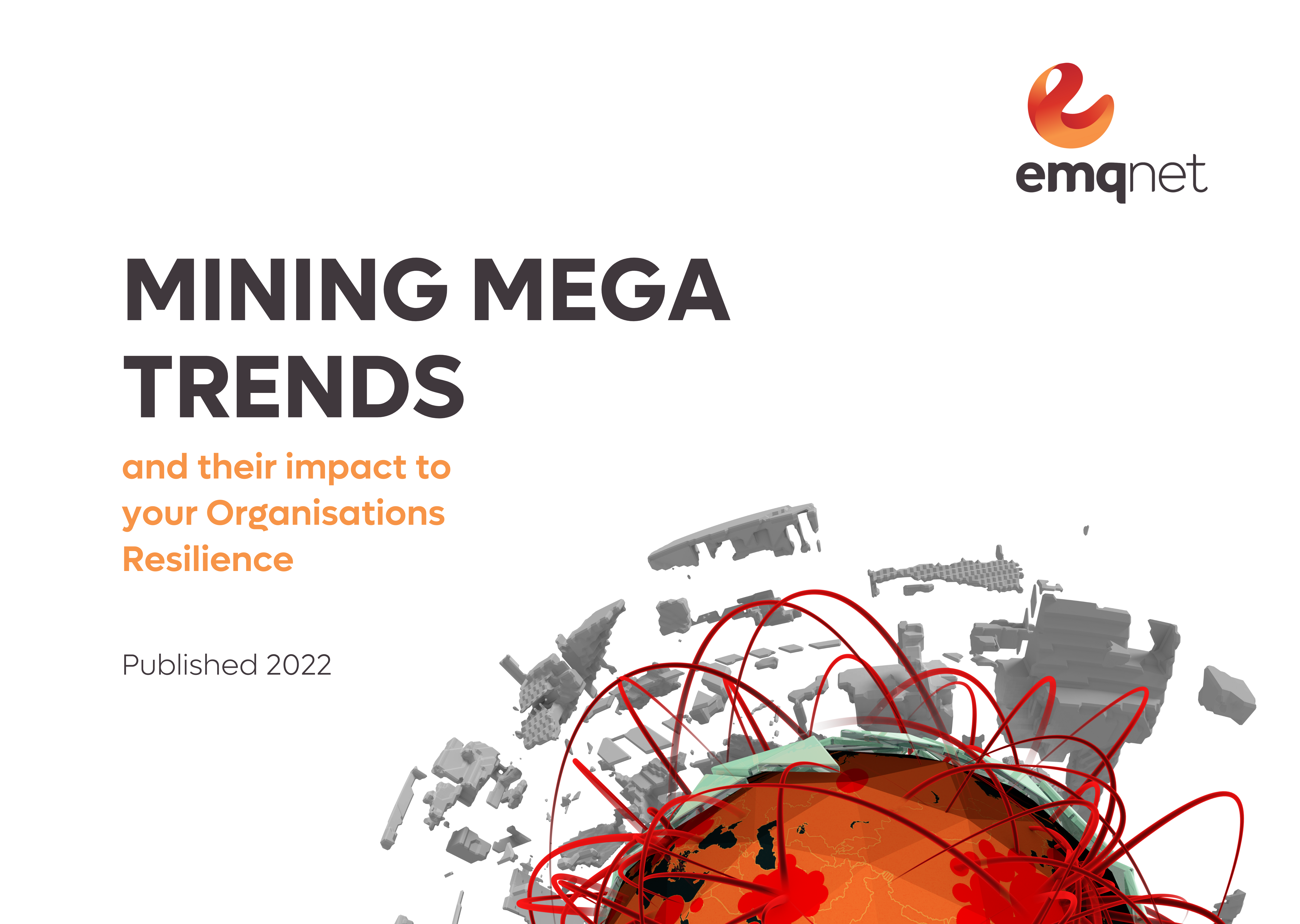Data is vital for informing decision-making in mining operations and accurate information must be shared between key personnel without delay. Collecting unnecessary data can slow this process down. Dynamiq’s digital resilience platform, emqnet, allows operators to capture important data, benefiting both internal and external stakeholders. This improves crisis event response, creating continuous operational improvements, and greater transparency for regulators and investors over time.
Getting the right information to those who need it is critical in mining operations. Credit: Schroptschop via Getty Images.
When it comes to data capture in mining, it is crucial to be clear on what is required and its value in terms of decision-making. Furthermore, operators must make sure that data integrity is maintained, which helps build a consistent database over the long term to establish patterns and trends. Timely information in the right hands enables better decision-making.
A digital resilience platform is the most efficient and reliable way of collecting and sharing operational data, which would be almost impossible using the traditional manual approach.
“Data-driven decision-making is essential in today’s business, but mining leaders need to consider what data they need and why it is important,” says Jarrod Wilson, CEO of Dynamiq.
“Corporate reporting for stakeholders, including board members and external agencies for ESG assessment, feed into the need for greater consistency and transparency in data capture. Operationally, the benefits of quality data also help with trend identification to put better controls in place, asset and geographic profiling for performance, talent identification through seeing your people perform under pressure, and lessons learned for continuous improvement.”
Dynamiq’s emqnet resilience platform records valuable incident data, allowing your organisation’s leaders and their incident management teams to make informed and timely decisions. This increases the effectiveness and efficiency of your organisation’s response actions to any crisis.
Targeted investment
Being able to access critical data allows leaders to assess where they need to invest to protect their people and operations. Trend data, both real and training, reveals the level of effort and investment going into various assets and functions to determine where investments can be targeted to fill a particular capability gap, or demonstrate the efficacy of the existing capability to assure stakeholders that the threats in a particular environment are well prepared for.
“You can explore trends and potentially arrest those trends before they become too obstructive,” says Lucas Saunders, Head of Advisory at Dynamiq.
“A simple example could be if the data is pointing at incidents occurring an hour before shift change over, does that mean that there’s a fatigue issue and health and safety need to do a review of their fatigue management plan?”
Talent identification
Rarely understood and only seen by the best of businesses, observing and assessing how your people perform and make important decisions when under pressure allows for your best talent to shine and help build the future leaders of your business.
By assessing post-incident outcomes, the lessons learned not only improve your operational resilience program; but also shine a light on who has performed well and made quality decisions. Reviewing data leads to constructive feedback, aiding the professional development of team members, and identifying areas they need to improve to advance their careers.
Data built over a period of time highlights within a teams-based resilience program where your best and brightest staff are and allows you to deploy them where they can make the most positive impact on your business time and again.
How to build the dataset you need
emqnet is configurable to be specific to your own business’s unique needs. Data input fields and various platform features are developed to allow consistent capture across your organisation and targeted so you can capture what you need for quality reporting and in-depth analysis.
Dynamiq’s Advisory team works closely with clients to understand their needs and ensure that the platform can meet today’s operational demands, but also makes sure that you can build a quality dataset over time.
“Consistency across data capture is really important. Not just for reporting, but also to improve business-related outcomes,” adds Wilson.
The impact of quality data
Leading ESG operators in the industry use emqnet data to support reporting requirements and also demonstrate that they have a credible crisis management capability that can be relied upon. All data in emqnet is auditable, with interactions and activities logged in real-time. This increased transparency builds trust with regulators and stakeholders.
“You can download a complete chronological report of the event, providing the necessary data for effective post-incident reviews or discovering lessons learned,” explains Saunders.
Data from emqnet has also been used for a diverse range of highly sensitive issues, for example, HR-related incidents. Furthermore, emqnet was used to formulate a government’s national response to a highly infectious disease outbreak pre-Covid and leveraged the stakeholder function in the platform to manage internal and external issues through the duration of the response.
“In the platform, the client was logging all of the infections and local issues. And because they’re a material site in that country, our data from emqnet became the proxy for their health data for that nation,” adds Wilson. “The data became the proxy for decision-making beyond the business.”



